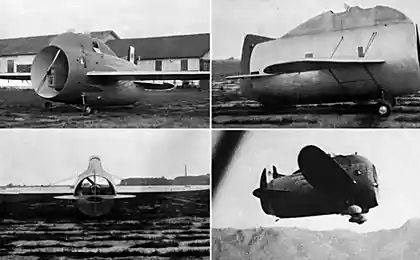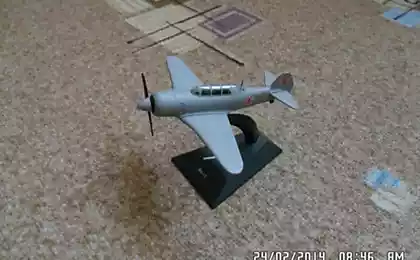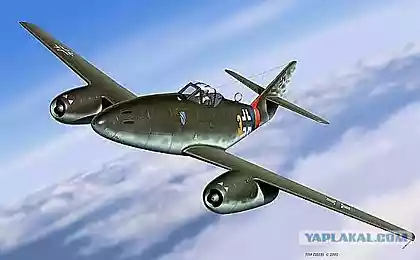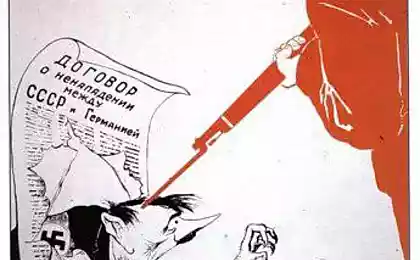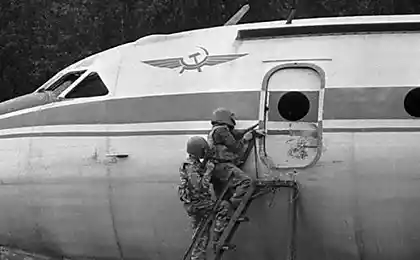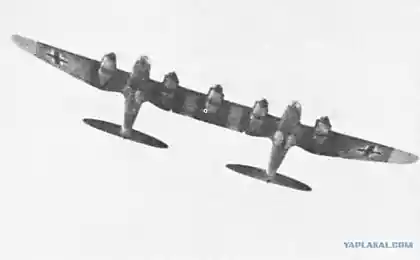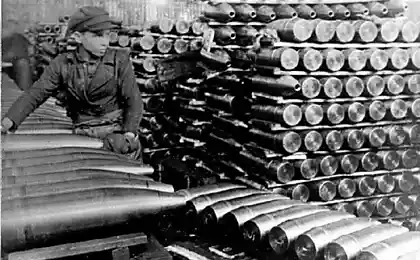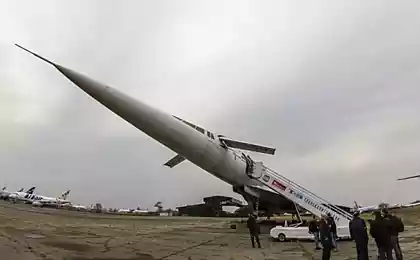1270
Facts about the legendary "ass"
December 30, 1933 made the first flight of the famous plane-16, nicknamed by the people "ass." He became the first mass fighter with retractable landing gear. The first flight was performed on a prototype test pilot Valery Chkalov, who later, in 1937, will make a non-stop flight across the North Pole. On this occasion, we decided to tell you about ten interesting facts associated with this plane.
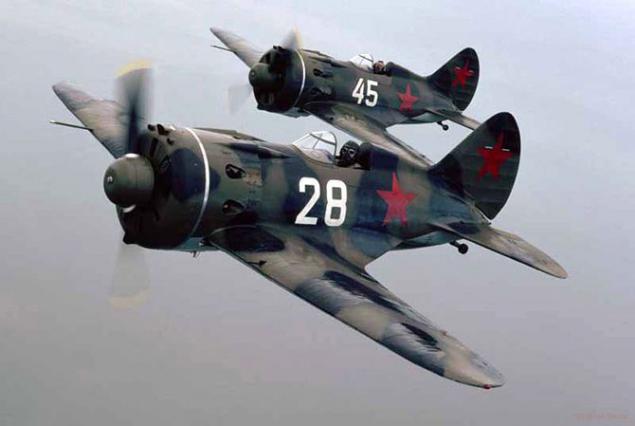
Nickname
This aircraft was loved by the pilots, who affectionately called him "donkey." Apparently, short for I-16. Nevertheless, the aircraft lived up to his nickname. He became unpretentious working machine, sometimes show their restive character. The plane was operated until 1952. I-16 is also sometimes called "hawks." Interestingly, the pilots of the Spanish Republic-16 was known as the "Mosquito" ("fly"). In Franco's army plane he was named "Boeing." Japanese pilots called him "Abu" ("The Gadfly"), and the Germans - "Rata" ("rat»).
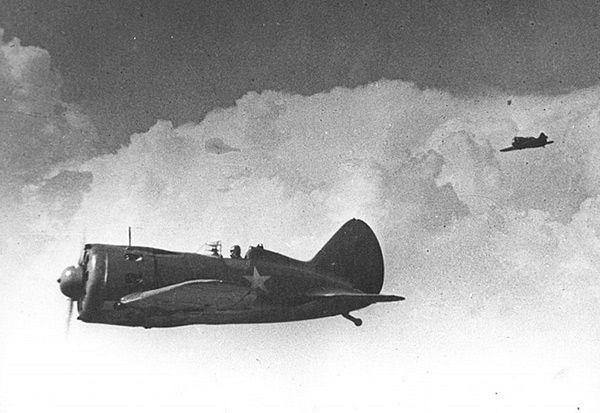
On posters and in the movies
The popularity of I-16 in 1930 was unprecedented. His silhouette can be seen on many propaganda posters and magazine covers of the time. Flocks of these aircraft graced the pages of children's books and movies have often used stories to the implementation of these aircraft aerobatics. In 1939, I-16 has played a major role in the film "The Fighter." During the year this film looked more than 27 million people.
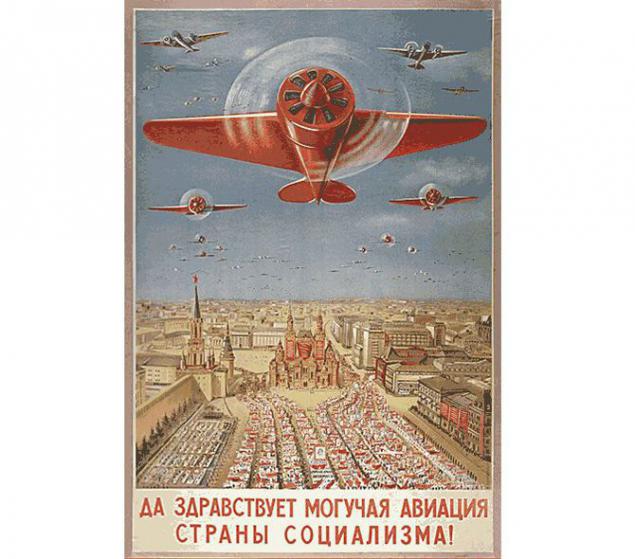
First with retractable landing gear
I-16 was the first aircraft with retractable landing gear. Major support pyramidal type of center were cleaned in a niche by cables and hand winch. For release and cleaning the pilot had to make a turn handle 43, located in the cab. In winter, snow in the operation of aerodromes with the landing gear wheels were changed on skis, starting from the 18th modifications are possible landing gear remained.
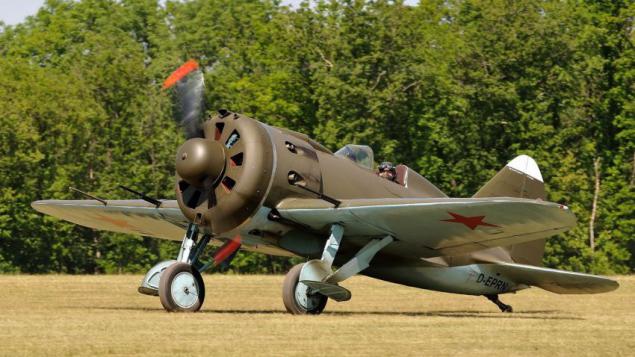
The most massive By 1941
By the beginning of World War I-16 was the most widespread in the Soviet Air Force fighter. In the western military districts, there were more than 40% of the total number of aircraft in its class. In 1940 it was produced about 2710 cars.
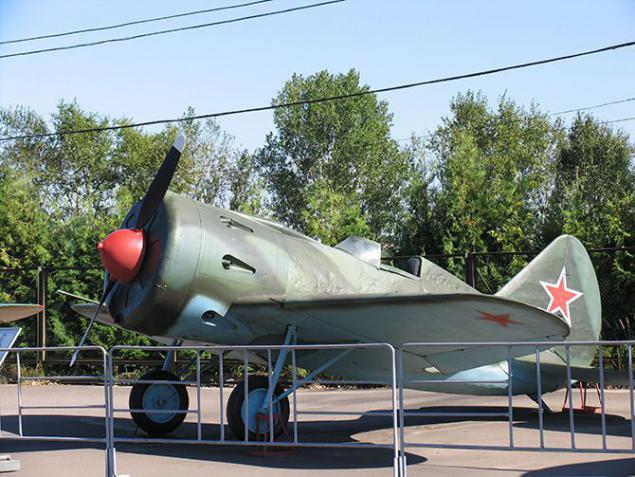
NIGHT Taran
These planes made their combat exploits many Soviet pilots. So, on the night of August 7, 1941 I-16 Victor Talalikhin first made a battering ram in the night air combat in World War II, shot down near Moscow bomber He-111. His plane crashed in the woods near the village Mansurovo (Domodedovo district), and the wounded pilot parachuted down into the river Severka.
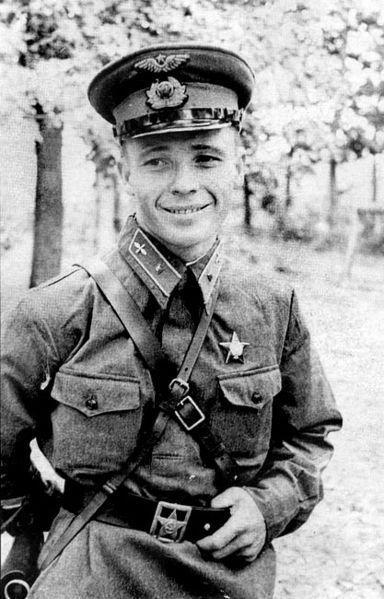
At the parade
Five-16s participated in the famous parade May 1, 1935. Stalin, in response to the beginning of the militarization of Germany and changes in the political situation in Europe, decided to demonstrate the power of the Soviet troops. The parade was attended by 500 tanks, and the air has risen 800 aircraft, which was the flagship of vosmimotorny "Maxim Gorky", accompanied by two destroyers. Following them in tiers flew bombers who literally darkened the skies over the area of its wings. Most of all remember the five red-16. They fell almost to the teeth and the Kremlin wall with a roar swept over the audience. Under Stalin's orders, each of the five pilots this was not only a cash prize, but also an extraordinary title.
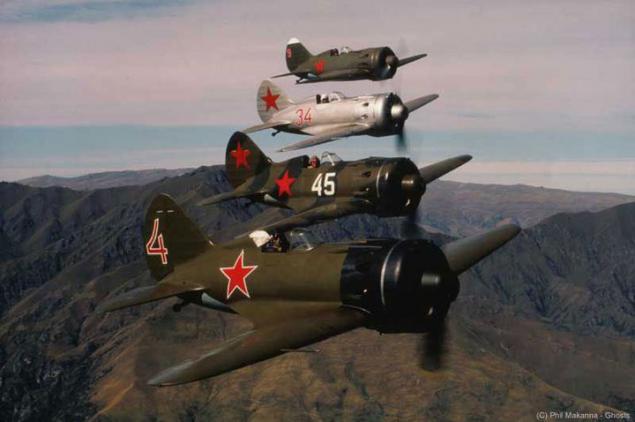
AIRCRAFT FOR CDB
I-16 has excellent maneuverability, but they could only manage experienced pilots: the aircraft required a certain amount of skill. Designers specially made aircraft aerodynamically unstable. The pilots said that a car "could turn around to close the telegraph pole." Having mastered this aircraft pilots were aces of Soviet aviation. First Aviation Regiment, known as the Guard, was armed with these fighters.
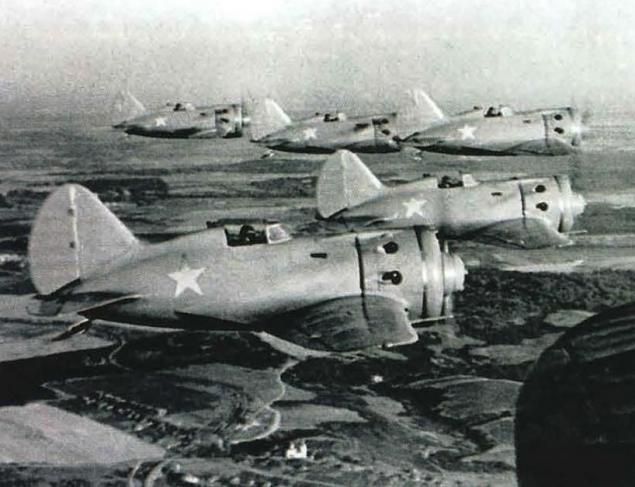
RECORD SPEED
During the tests on the aircraft was relatively weak engine M-22 (licensed copy of the French motor "Gnome-Rhone Jupiter"). The first prototype has a top speed 359 km / h. The second instance, equipped with more powerful American engine "Wright-Cyclone" (in the USSR Concurrently, the serial production under the designation M-25 A), reached a speed of 437 km / h - not available at the time of any domestic and foreign fighter.
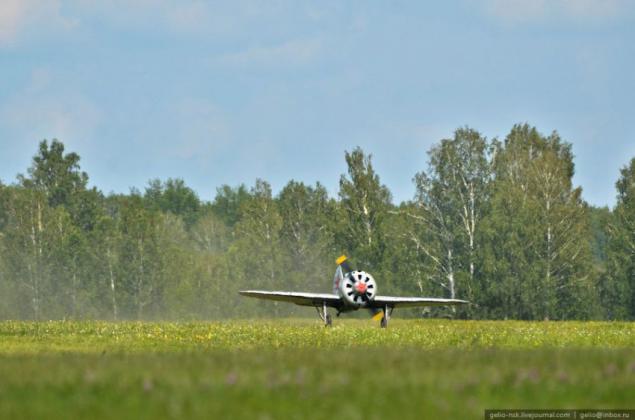
ENGINE
Engine-16 fighter - star, air cooling - superior to liquid-cooled engine at enemy fighters, was a shield for the pilot in frontal attacks and was more tenacious, while the liquid-cooled engine of a failure at the first contact with him.
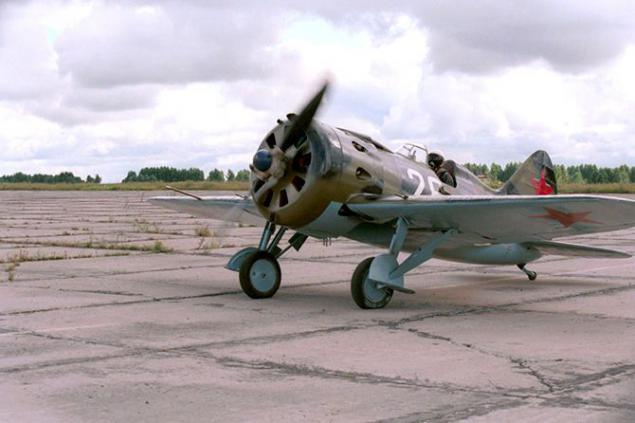
Missile
During battles in Mongolia in 1939 for the first time in the history of aviation in combat fighters used rockets. Several I-16 type 10 was converted to start six 82 mm RS-82. During 11 days of fighting, new weapons were shot down 13 enemy aircraft. Since then, the development of fighter aircraft provided for the installation of missiles.
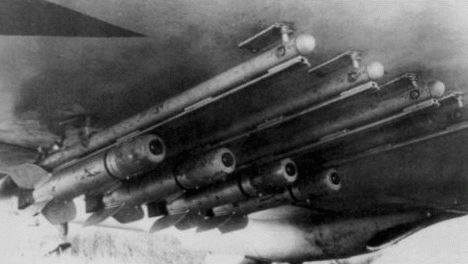
--img12--
Source:

Nickname
This aircraft was loved by the pilots, who affectionately called him "donkey." Apparently, short for I-16. Nevertheless, the aircraft lived up to his nickname. He became unpretentious working machine, sometimes show their restive character. The plane was operated until 1952. I-16 is also sometimes called "hawks." Interestingly, the pilots of the Spanish Republic-16 was known as the "Mosquito" ("fly"). In Franco's army plane he was named "Boeing." Japanese pilots called him "Abu" ("The Gadfly"), and the Germans - "Rata" ("rat»).

On posters and in the movies
The popularity of I-16 in 1930 was unprecedented. His silhouette can be seen on many propaganda posters and magazine covers of the time. Flocks of these aircraft graced the pages of children's books and movies have often used stories to the implementation of these aircraft aerobatics. In 1939, I-16 has played a major role in the film "The Fighter." During the year this film looked more than 27 million people.

First with retractable landing gear
I-16 was the first aircraft with retractable landing gear. Major support pyramidal type of center were cleaned in a niche by cables and hand winch. For release and cleaning the pilot had to make a turn handle 43, located in the cab. In winter, snow in the operation of aerodromes with the landing gear wheels were changed on skis, starting from the 18th modifications are possible landing gear remained.

The most massive By 1941
By the beginning of World War I-16 was the most widespread in the Soviet Air Force fighter. In the western military districts, there were more than 40% of the total number of aircraft in its class. In 1940 it was produced about 2710 cars.

NIGHT Taran
These planes made their combat exploits many Soviet pilots. So, on the night of August 7, 1941 I-16 Victor Talalikhin first made a battering ram in the night air combat in World War II, shot down near Moscow bomber He-111. His plane crashed in the woods near the village Mansurovo (Domodedovo district), and the wounded pilot parachuted down into the river Severka.

At the parade
Five-16s participated in the famous parade May 1, 1935. Stalin, in response to the beginning of the militarization of Germany and changes in the political situation in Europe, decided to demonstrate the power of the Soviet troops. The parade was attended by 500 tanks, and the air has risen 800 aircraft, which was the flagship of vosmimotorny "Maxim Gorky", accompanied by two destroyers. Following them in tiers flew bombers who literally darkened the skies over the area of its wings. Most of all remember the five red-16. They fell almost to the teeth and the Kremlin wall with a roar swept over the audience. Under Stalin's orders, each of the five pilots this was not only a cash prize, but also an extraordinary title.

AIRCRAFT FOR CDB
I-16 has excellent maneuverability, but they could only manage experienced pilots: the aircraft required a certain amount of skill. Designers specially made aircraft aerodynamically unstable. The pilots said that a car "could turn around to close the telegraph pole." Having mastered this aircraft pilots were aces of Soviet aviation. First Aviation Regiment, known as the Guard, was armed with these fighters.

RECORD SPEED
During the tests on the aircraft was relatively weak engine M-22 (licensed copy of the French motor "Gnome-Rhone Jupiter"). The first prototype has a top speed 359 km / h. The second instance, equipped with more powerful American engine "Wright-Cyclone" (in the USSR Concurrently, the serial production under the designation M-25 A), reached a speed of 437 km / h - not available at the time of any domestic and foreign fighter.

ENGINE
Engine-16 fighter - star, air cooling - superior to liquid-cooled engine at enemy fighters, was a shield for the pilot in frontal attacks and was more tenacious, while the liquid-cooled engine of a failure at the first contact with him.

Missile
During battles in Mongolia in 1939 for the first time in the history of aviation in combat fighters used rockets. Several I-16 type 10 was converted to start six 82 mm RS-82. During 11 days of fighting, new weapons were shot down 13 enemy aircraft. Since then, the development of fighter aircraft provided for the installation of missiles.

--img12--
Source:

